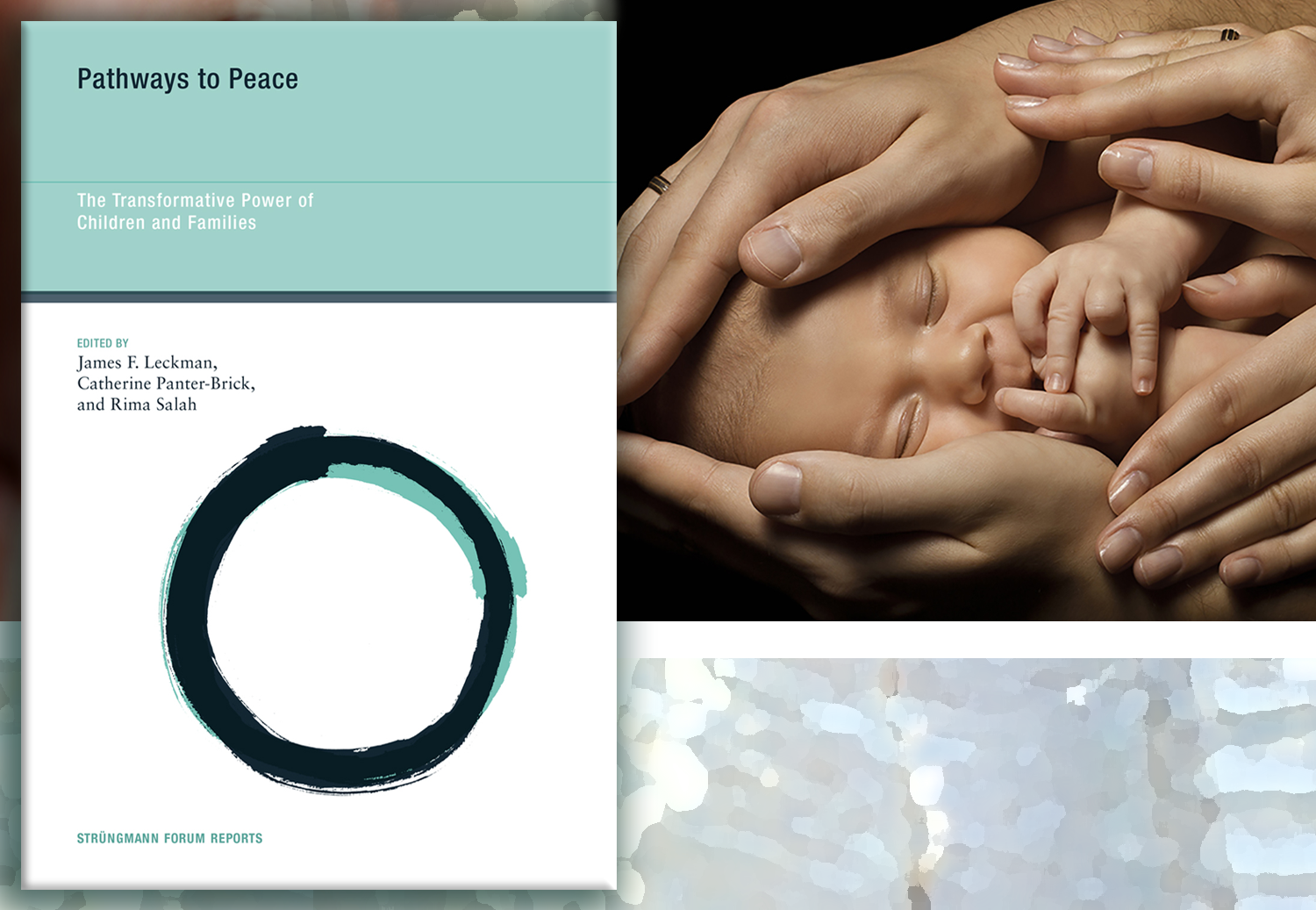Human biological development & peace
Chapter 4. Peptide pathways to peace
C. Sue Carter, & Stephen W. Porges
Chapter 5. Epigenetics: Significance of the gene-environment interface for brain development
Eric B. Keverne
The postnatal formative years of the brain are strongly influenced by mother-infant interactions. The brain’s mechanisms for reward that subserve mother-infant-mother (p.66) affiliation subsequently extend to the reward process of social interaction later in life. Throughout the first two decades of development, functional contacts are made across the brain’s billions of neurons, involving trillions of synapses such that no two brains are the same, not even those of genetically identical twins. Since consolidation of neural connectivities is activity dependent, the environments that generate this activity determine the functional details of these structural connections. Our brains are very much a product of the pre- and postnatal niche in which they develop and survive.
For more information on chapter “Epigenetics”, please visit our resource library.
Chapter 6. Group identity as an obstacle and catalyst of peace
Douglas P. Fry
Chapter 7. Human biological development and peace: Genes, brains, safety, and justice
Barak Morgan, Diane Sunar, C. Sue Carter, James F. Leckman, Douglas P. Fry, Eric B. Keverne, Iris-Tatjana Kolassa, Robert Kumsta, David Olds
This chapter examines the concept of peace from a biopsychosocial perspective. It reviews available knowledge concerning gene-environment regulatory interactions and their consequences for neurodevelopment, particularly during sensitive periods early in life. The hypothesis is explored that efforts on the part of parents to protect, nurture, and stimulate their children can lead to physically, psychologically, and socially healthier developmental trajectories and support the emergence of more peaceful families and communities. It is clear, however, that adverse environments, as in the context of structural violence, may result in lower parental investment in child rearing and negative outcomes for social harmony and health over the course of life. More research is thus needed to understand more fully the potential positive impact that interventions aimed at encouraging families to increase their investment in early child development will have on societal peace. The role of groups in shaping human behavior toward conflict or conflict resolution and peace is examined. Further research is needed to increase current understanding on the neurobiology of groups. In addition, steps need to be taken across multiple sectors of society to reduce all forms of direct and structural violence, as this will surely lead to “better” parenting behaviors, “better” childhood trajectories, and a model of fairness to guide interactions between groups.
Chapter abstracts reprinted courtesy of the MIT Press.
Reference
James F. Leckman, Catherine Panter-Brick, and Rima Salah (eds.), Pathways to Peace: The Transformative Power of Children and Families, © 2014 Massachusetts Institute of Technology and the Frankfurt Institute for Advanced Studies.
Links
JOIN THE CONVERSATION
For breaking news and to stay connected, follow us on social media. Sign up to get our E-News delivered straight to your inbox.


